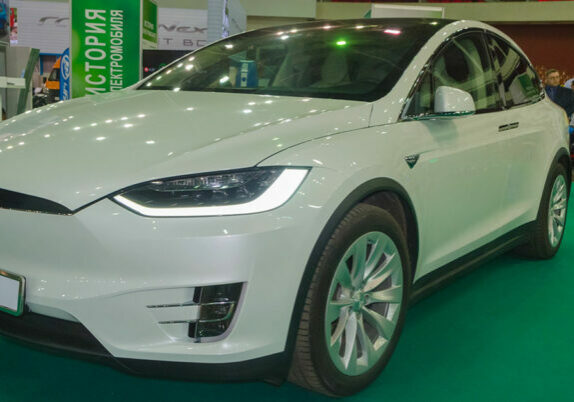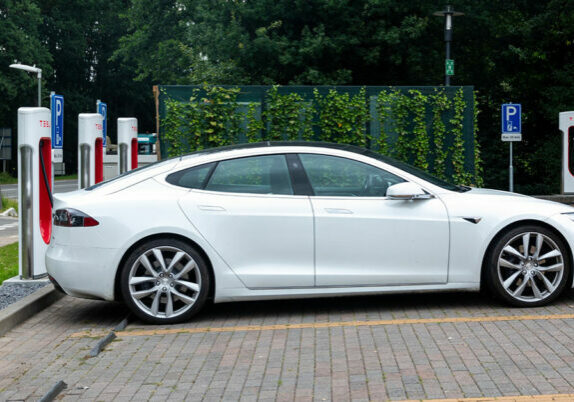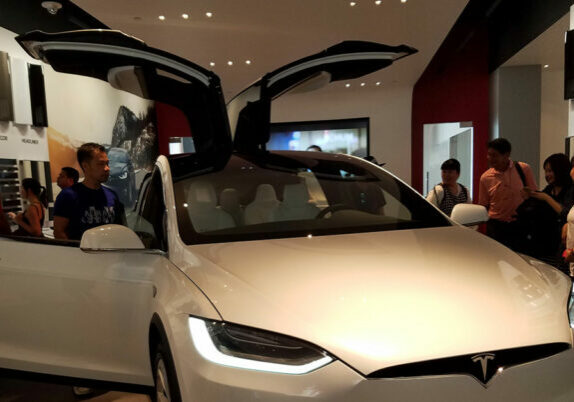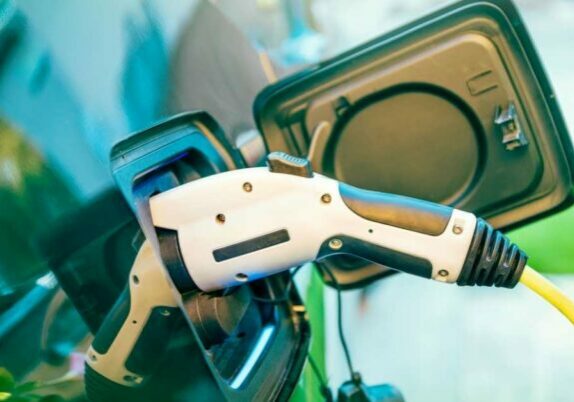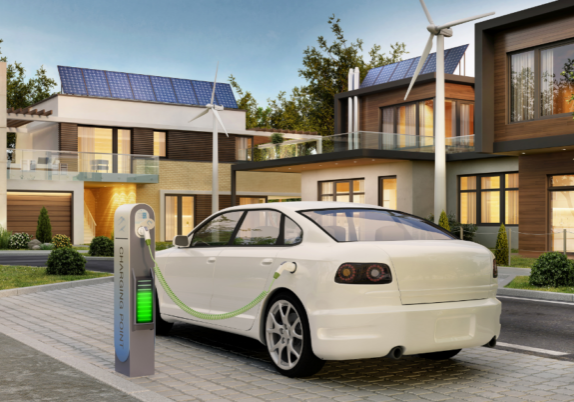Are you ready to discover the hidden truth about electric cars? You may have asked, “Why Are Electric Cars So Heavy compared to traditional cars with internal combustion engines?”
This added weight has implications for safety, handling, and performance, and it’s time to uncover the top five reasons why electric cars are so heavy.
You may be wondering why this matters. After all, weight is just a number, right? Wrong. The weight of a car has a direct impact on its performance and safety.
Heavier cars require more energy to move, which means they have less range and are less efficient. They also take longer to stop, which can be dangerous in emergencies.
But why are electric cars so much heavier than traditional cars? In this article, we’ll explore the reasons behind this phenomenon and what it means for the future of transportation. Get ready to be surprised!
Does a Cars Weight Matter?
Please don’t underestimate the impact of a car’s weight, as it can determine everything from handling and acceleration to safety in a crash. This is especially true with electric vehicles being significantly heavier than their gas-powered counterparts.
The importance of weight in car performance cannot be overstated, as it directly affects how fast a car can go and how well it can handle turns and curves. Additionally, weight plays a significant role in the distance it takes a vehicle to come to a complete stop from motion.
The impact of weight on safety is also a critical factor to consider. While heavier electric vehicles can protect their occupants better during a crash, the added weight can be dangerous for other vehicles. The difference in weight between a heavy electric vehicle and a lighter gasoline-powered one can result in a more severe impact force transferred to the more lightweight vehicle. The extra weight can also impact road surfaces and bridges, shortening their lifespan due to repeated pounding.
To tackle the issue of heavy electric vehicles, design solutions are being explored by automakers. As advancements in battery technology are made, the hope is to reduce the weight of battery packs while maintaining performance. Additionally, competition from other alternative fuel vehicles, such as hydrogen cars, may drive the auto industry to focus on making lighter and more efficient vehicles.
Tax incentives for heavier vehicles also exist, but there is a need to consider taxing all cars by weight to promote efficiency and make up for EVs not paying a gas tax.
How Do EV Weights Compare to Gas-Powered Cars?
Surprisingly, EVs aren’t the only vehicles getting heavier, as gasoline-powered trucks and SUVs also contribute to the overall increase in vehicle weight. This is primarily due to consumer preferences shifting toward larger vehicles, which are getting heavier.
However, the added weight of electric vehicles has raised safety concerns, as the impact force in a crash is transferred to the lighter vehicle, potentially causing more injuries to the people inside. Despite the added weight, global sales projections show that more and more consumers are choosing electric cars. Ford expects 40% of their global sales to be electric vehicles by 2030.
As electric SUVs, such as the Chevy Blazer, enter the crowded mid-size market, it’s essential to consider the impact of their weight on road infrastructure. While the smallest local two-lane roads can easily handle the weight of the GMC Hummer EV, repeated pounding by heavier vehicles could shorten the lifespan of road surfaces and bridges.
Automakers could design vehicles with additional collapsible space to mitigate safety concerns beyond what’s needed to protect occupants. Collision avoidance technologies, such as the Hummer EV, will also become standard equipment on electric vehicles.
While the added weight of electric vehicles is a concern, it’s essential to consider the benefits of a healthier environment and the potential for new battery technology, such as solid-state batteries, to reduce the weight of electric vehicles in the future.
5 Reasons Why Electric Cars Are So Heavy
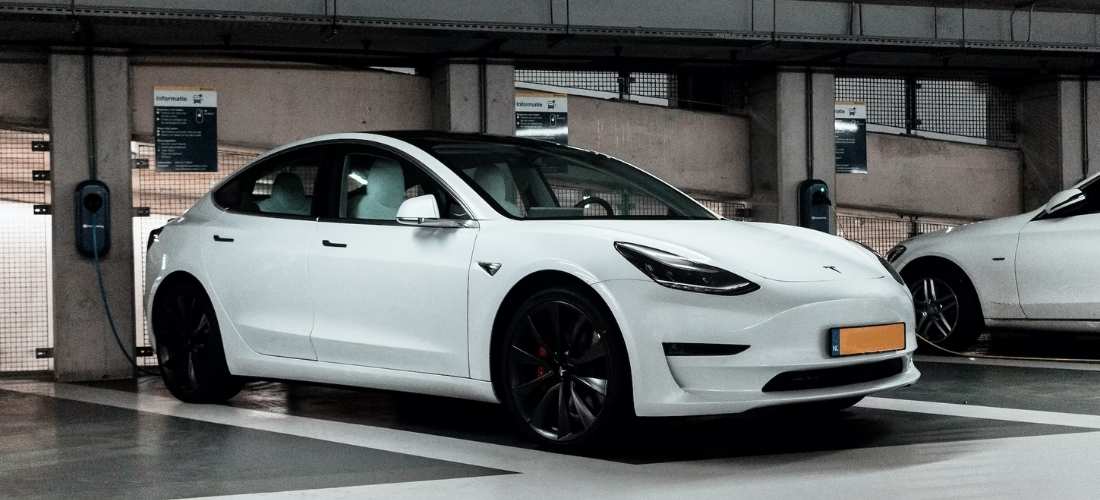
If you’re wondering why electric cars are so heavy, there are a few key reasons to consider.
One of the main culprits is the battery pack, which can weigh over 1,000 pounds.
Extra electronics like sensors and cameras can add a few dozen pounds. At the same time, the body and framework need to be more robust to accommodate the weight, which means thicker metal and a more robust crumple structure.
Finally, the EV also needs a beefier suspension to deal with the extra weight, which gives a smoother-feeling ride.
The Battery
The battery pack in an electric vehicle, weighing over 1,000 pounds, is one of the primary reasons EVs are significantly heavier than their gas-powered counterparts. While the added weight may impact the car’s performance and handling, it also impacts safety.
The added mass of the battery pack can make an EV safer for its occupants in the event of a collision, but it can also pose a danger to other drivers and pedestrians on the road. Battery technology is rapidly evolving, and as new advancements are made, we can expect to see weight reduction in future EV models.
Additionally, recycling initiatives are being developed to address the environmental impact of battery production and disposal. As the demand for EVs continues to grow, there will also be a need for an expanded charging infrastructure to support these vehicles.
All of these factors contribute to the cost of production for EVs, but as technology continues to improve and become more efficient, we may see these costs decrease over time.
Extra Electronics
With all the bells and whistles that come with modern electric vehicles, it’s no wonder they’re packing some extra pounds – but is the weight worth it?
The truth is that the extra electronics onboard an EV can add up to a few dozen pounds. This includes computers, sensors, and cameras for advanced safety features and autonomous driving technology. Additionally, EVs may have more luxurious features like plush seats and heating elements, adding even more weight to the vehicle.
While the added weight of electronics may be a concern for some, there are also potential safety benefits. The extra weight of an EV can help protect occupants in the event of a crash, and heavier vehicles may have better regenerative braking, which can improve mileage without the need for frequent charging.
However, efforts are being made to reduce the weight of EVs, including new battery technology like solid-state batteries and tax breaks for lighter vehicles. It remains to be seen how these weight-saving efforts will impact EV weight implications and the overall impact of EVs on infrastructure and consumer preferences.
Stronger Suspension
You might be surprised to learn that when cruising down the road in your electric vehicle, your suspension system is working harder than ever to handle the batteries’ added weight and reinforce the vehicle’s framework. EVs require a beefier suspension system to deal with the extra weight, which gives a smoother-feeling ride.
The added weight can also have safety implications, as the heavier vehicle may carry on in more or less the direction it was going while the lighter one changes direction abruptly. However, an EV’s weight can benefit from improved handling and regenerative braking.
Due to their bottom-heavy weight distribution, EVs with a lower center of gravity can improve handling. In contrast, heavier EVs can regenerate more electricity going downhill or while braking, which adds mileage to the car without the need to charge it.
Nonetheless, automakers are looking for ways to reduce the weight of EVs in the future to reduce road impact and further improve range, acceleration, top speed, and ride comfort.
Charging Hardware
Imagine you’re at a gas station, but instead of filling up your tank, you’re plugging in your electric car to charging hardware that replenishes your battery overnight, like your phone. This is the reality for electric vehicle (EV) owners, who rely on EV charging infrastructure to keep their cars running.
Charging time, charging network expansion, charging station accessibility, charging costs, charging speed, and charging port compatibility are all factors to consider when charging your EV.
One advantage of EVs is that you can charge them at home without going to a gas station. However, public charging stations are necessary for longer trips or when you’re out and about.
It’s important to be mindful of public charging etiquette, such as not leaving your car parked at the charging station after it’s fully charged. Charging station accessibility is also important, as the availability of charging stations can vary depending on location.
The charging network is expanding but is still not as widespread as gas stations. Charging costs can also vary, depending on the location and the charging speed. It’s essential to check the price and speed of charging before choosing a charging station.
Finally, make sure your EV’s charging port is compatible with the charging station you’re using.
Body and Framework
The body and framework of an EV are crucial components that ensure the safety and structural integrity of the vehicle, giving drivers peace of mind on the road. With the added weight of the battery pack, manufacturers need to consider design considerations that can help reduce weight without compromising safety. This includes using lighter materials like aluminum and carbon fiber and optimizing the vehicle’s design to reduce drag and improve aerodynamics.
However, weight-saving efforts have been limited due to the current limitations of battery technology, which requires a heavier battery pack to provide sufficient range for the vehicle.
In addition to the impact on safety and infrastructure, the weight of an EV also has implications for racing and tax incentives. Heavier EVs can have a disadvantage on the racetrack, as they require more power to accelerate and reach high speeds. On the other hand, some states offer tax breaks for vehicles that weigh more, including EVs, which can incentivize consumers to purchase heavier vehicles.
Advancements in battery technology, such as the development of solid-state batteries, may eventually allow for lighter battery packs and a reduction in weight for EVs. However, for now, manufacturers must balance safety and range with the desire for a more lightweight, efficient vehicle.
Summing Up
So, why are electric cars so heavy? There are a variety of reasons ranging from battery size to safety regulations. While this added weight can have some drawbacks, such as decreased performance and efficiency, it’s important to remember the bigger picture.
Electric cars are a crucial step towards a more sustainable future, and their eco-friendliness far outweighs any potential downsides. In the end, the weight of an electric car should not deter you from considering one for your next vehicle purchase. Instead, think of it as a small sacrifice for the greater good.
As we continue to develop and improve electric car technology, we are paving the way for a cleaner, greener, and brighter future.

